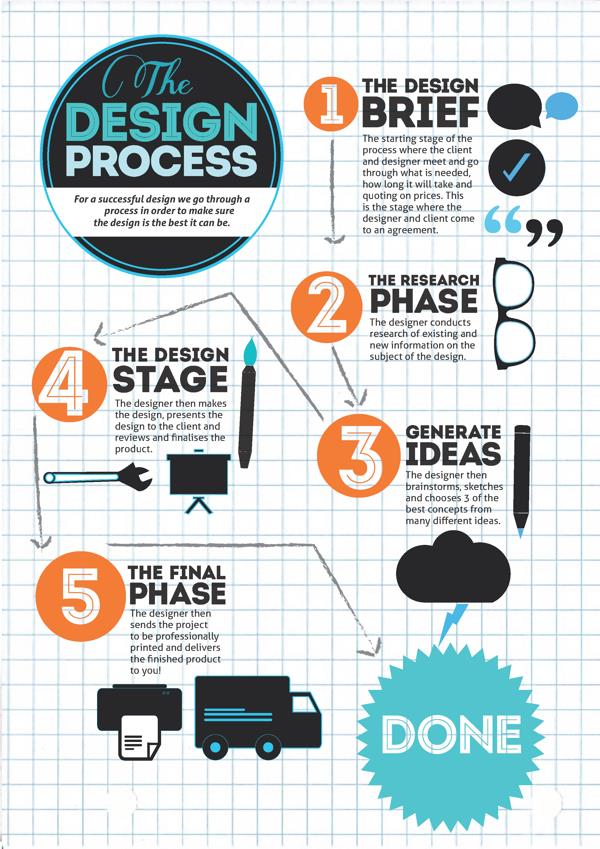
In the dynamic world of digital marketing, creating a powerful brand presence is crucial.
This article explores the strategic use of social media infographics to enhance brand recognition.
Unpacking eight compelling examples, we delve into the intricacies of effective infographic design, its role in audience engagement, and its impact on overall marketing strategy.
Whether you're a seasoned professional or novice in the field, this piece offers valuable insights for innovative brand promotion in the social media landscape.
The potency of social media infographics becomes increasingly evident when one considers the dynamic role they play in effective brand communication and engagement.
This visual medium, grounded in the principles of Infographic Psychology, allows for complex data to be simplified and visually appealing, ensuring that the target audience not only understands but also connects with the conveyed message.
The Data Visualization Benefits of infographics include increased recall and comprehension, as well as the ability to highlight patterns and trends that might go unnoticed in text-based communication.
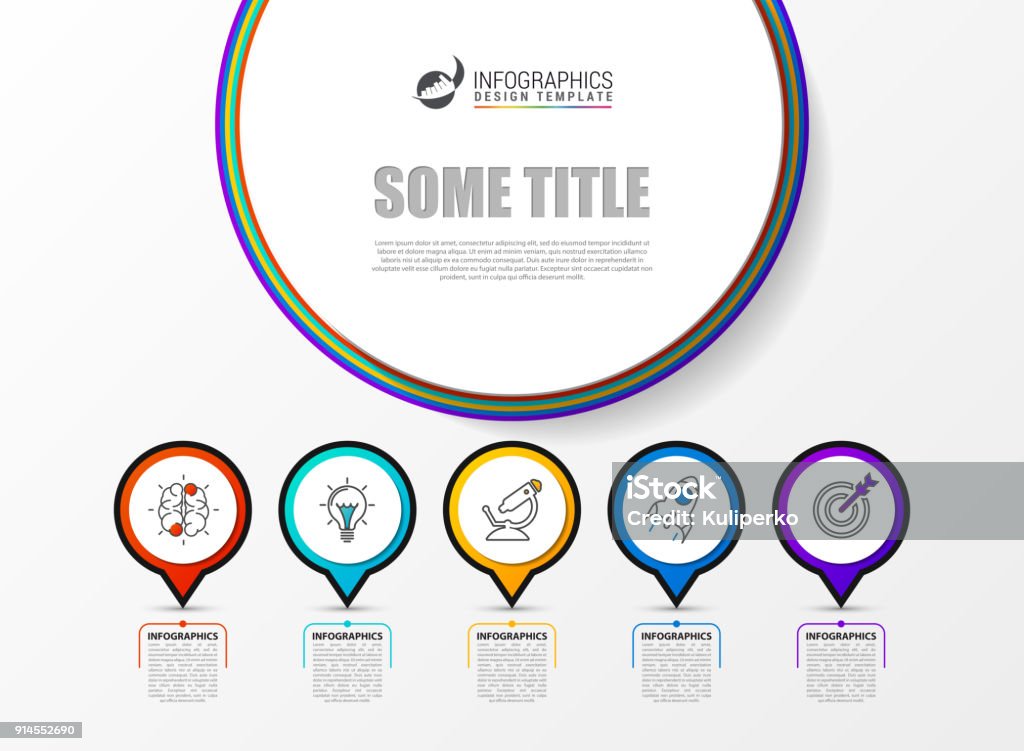
Furthermore, they are shareable and have the potential to go viral, increasing brand visibility.
The innovative use of infographics can significantly enhance the effectiveness of social media marketing strategies.
Five crucial elements ensure effective social media infographics: design, relevance, simplicity, data, and shareability. Each plays a distinct role in maximizing their impact and reach.
Design: The infographic aesthetics are vital to capture attention and convey your message effectively.
Relevance: The content must resonate with your audience, making infographic psychology a critical aspect.
Simplicity: The information should be easily digestible, avoiding complex jargon.
Data: Using credible data ensures reliability, enhancing your brand's reputation.
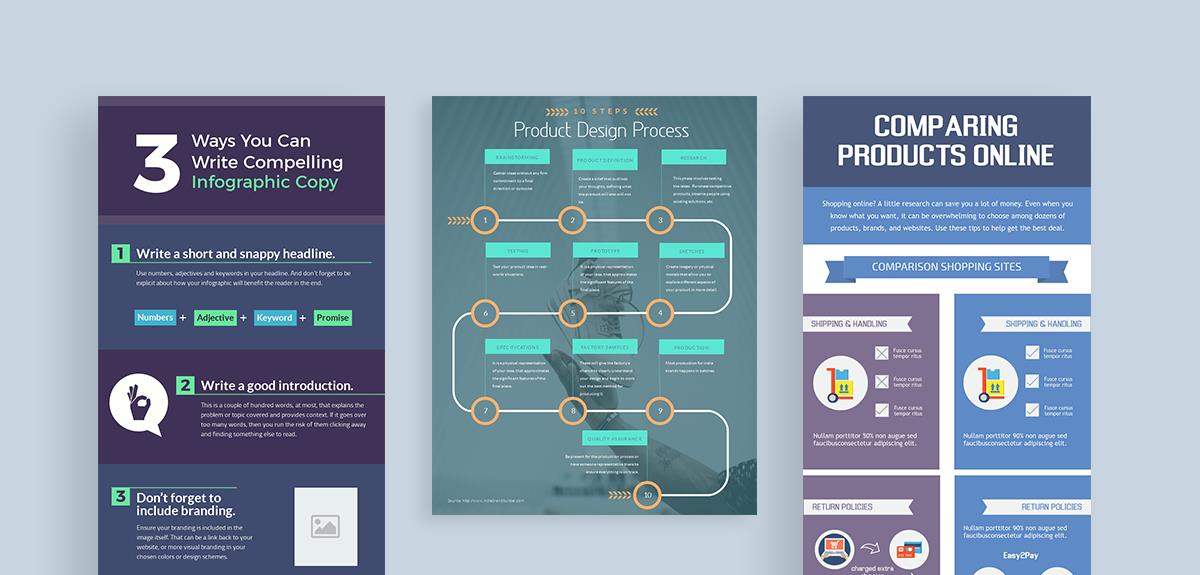
Shareability: Infographics should inspire viewers to share them, amplifying your brand's reach.
While infographics are powerful tools for presenting complex data, understanding how to strategically leverage them on social media platforms can significantly boost your brand recognition.
Ensuring Infographic Copyrights is crucial; this not only protects your original content but also establishes your brand as a reliable source of information.
On the other hand, avoiding Infographic Misinterpretation is equally important. By delivering clear, concise data visualization, you can foster trust and credibility — leading to enhanced brand recognition.
Innovatively use infographics to tell your brand's story, showcase your products, or elucidate services. Be attentive to design elements and color schemes that reflect your branding.
With these tactics, your brand can achieve a significant digital footprint, forging stronger connections with your audience.
In our exploration of impactful branding through social media infographics, we now turn our attention towards a real-world example.
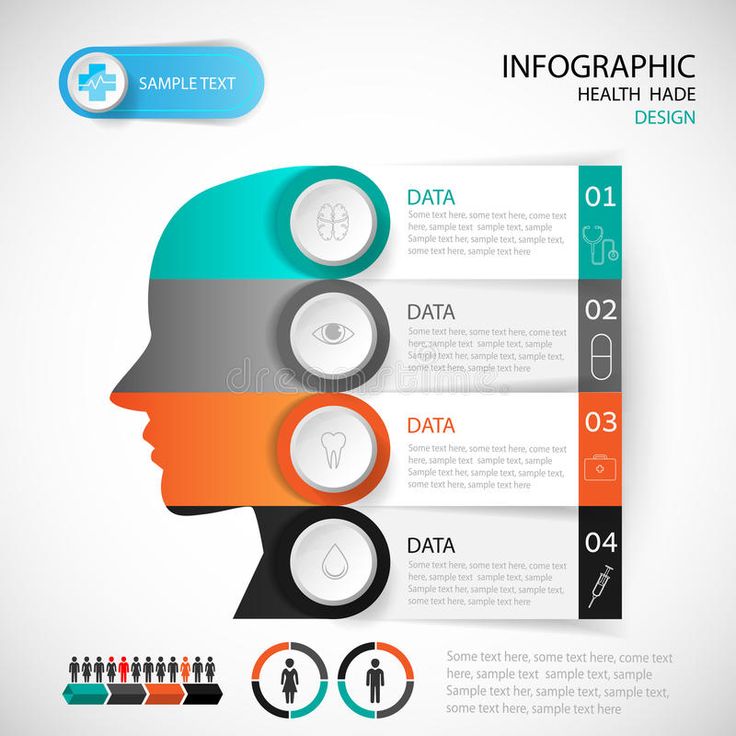
This case study will offer insights into how infographics have successfully been utilized to bolster brand identity and visibility.
We will not only evaluate the effectiveness of these infographics but also propose potential enhancements for even greater impact.
Analyzing Infographics' Success
A robust analysis of successful cases can offer valuable insights into how social media infographics contribute to impactful branding. The intersection of Infographic Psychology and Infographic Trends is pivotal to understand the underlying factors that make these tools effective in reaching and engaging with audiences.
Infographic Psychology: The power of visual storytelling and the cognitive processes that make infographics easily digestible and memorable.
Infographic Trends: The evolving trends and innovative design practices shaping the infographic landscape, and their consequences on user engagement and information retention.
Brand Resonance: The effectiveness of infographics in creating strong, positive associations with the brand.
Success Metrics: Objective measures of performance, such as increased traffic, engagement rates, or conversions that can directly link to the use of infographics.

Through this analysis, we can identify the key elements that drive the success of social media infographics in branding.
Branding Through Infographics
Given that visual content has become an indispensable tool in modern digital marketing, let's delve into a case study that demonstrates the successful branding achieved through the strategic use of social media infographics.
A prominent lifestyle brand employed infographics with compelling visuals and succinct data to penetrate their target demographic. Key to their success was their understanding of infographic color psychology. They used specific hues to evoke emotions, thereby promoting brand recall. The brand also focused on infographic typography selection, ensuring readability and aesthetic appeal.
These techniques helped them build a strong brand identity which resonated with their audience. This case underscores the importance of infographics in enhancing brand recognition, and it illuminates the power of using innovative, visually-driven strategies in digital marketing.
Infographics: Impact and Improvement
While we have examined the value of infographics in creating a strong brand identity, it is now crucial to delve deeper into a case study that exemplifies successful branding through the use of social media infographics.
A tech startup, XYZ, used infographic storytelling to elevate its brand. Here are some key highlights:
- Infographic analytics were used to identify the type of content resonating with the target audience.
- The company leveraged infographic storytelling to simplify complex tech narratives.
- The infographics were consistently shared across all social platforms, ensuring wider reach.
- The brand's color scheme and logo were subtly incorporated into every infographic, reinforcing brand identity.
The success of XYZ's infographics strategy underscores the power of visually compelling, narrative-driven content in creating an impactful brand presence on social media.
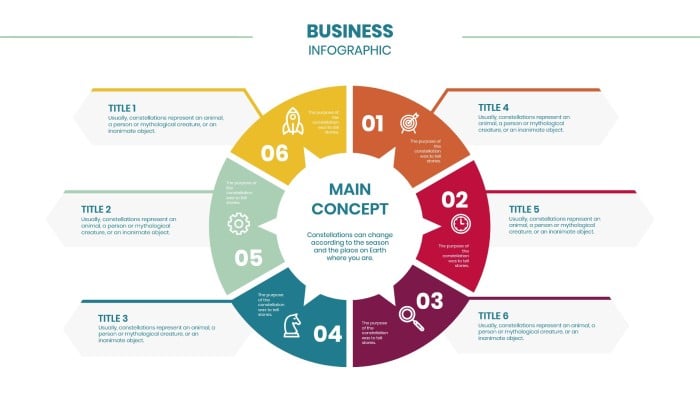
To construct a potent infographic for your brand on social media, we must consider three pivotal steps.
The first step is the selection of compelling content for the infographic.
Next, we need to focus on the design of an effective and visually appealing layout.
Finally, we must consider the efficient online promotion of the infographic.
Each step is integral for ensuring your infographic not only captures attention but also conveys your brand's message effectively.
Choosing Infographic Content
Selecting the right content for your infographic is a crucial step in creating a compelling visual representation of your social media data. It's essential to consider Content Relevance and keep up to date with Infographic Trends to ensure your infographic resonates with your audience and stands out in the crowded social media landscape.
Here are some steps to help you choose your infographic content:
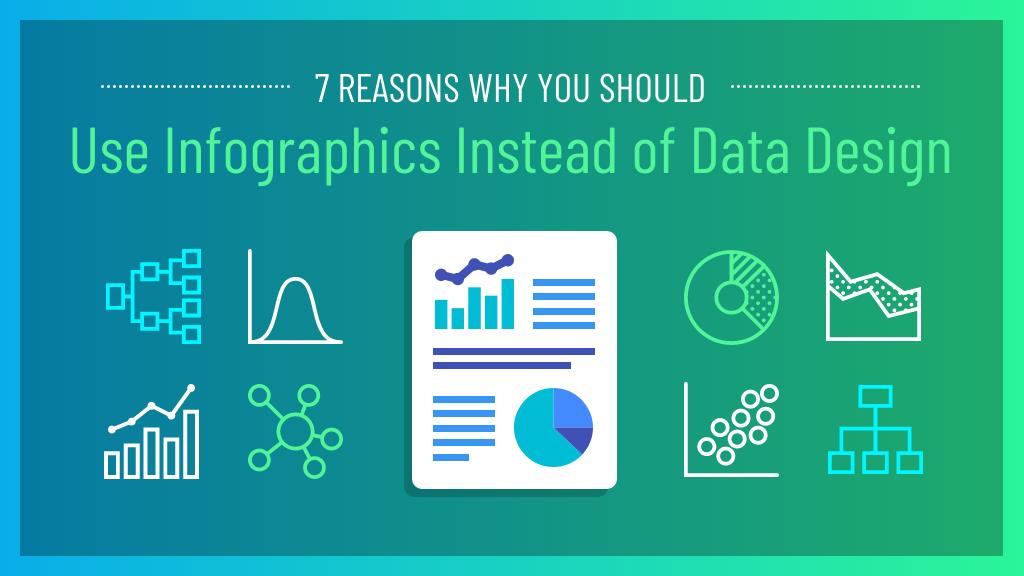
- Identify your target audience and understand what information they value most
- Research data that supports your message and aligns with your brand voice
- Leverage trending topics or data to create a timely, relevant infographic
- Create a narrative that guides the viewer through your infographic
Designing Infographic Layout
The process of designing an infographic layout is an important step in creating your own social media infographic that effectively communicates your brand message.
To start, consider Infographic Typography, the strategic use of fonts, sizes, and styles to visually represent and emphasize your information.
Next, apply Color Psychology, selecting hues that resonate with the emotional response you aim to evoke in your audience. For instance, use blue to convey trust, or red for urgency.
The layout should be coherent, with a logical flow of data from top to bottom. Use innovative design elements such as icons and charts to represent figures and comparisons.
After successfully designing your infographic, seven key steps await you, and each one plays a critical role in effectively promoting your infographic online.
The process begins with structuring your Infographic SEO, a crucial step that ensures your infographic is found by the right audience.
Here are four central steps to consider:
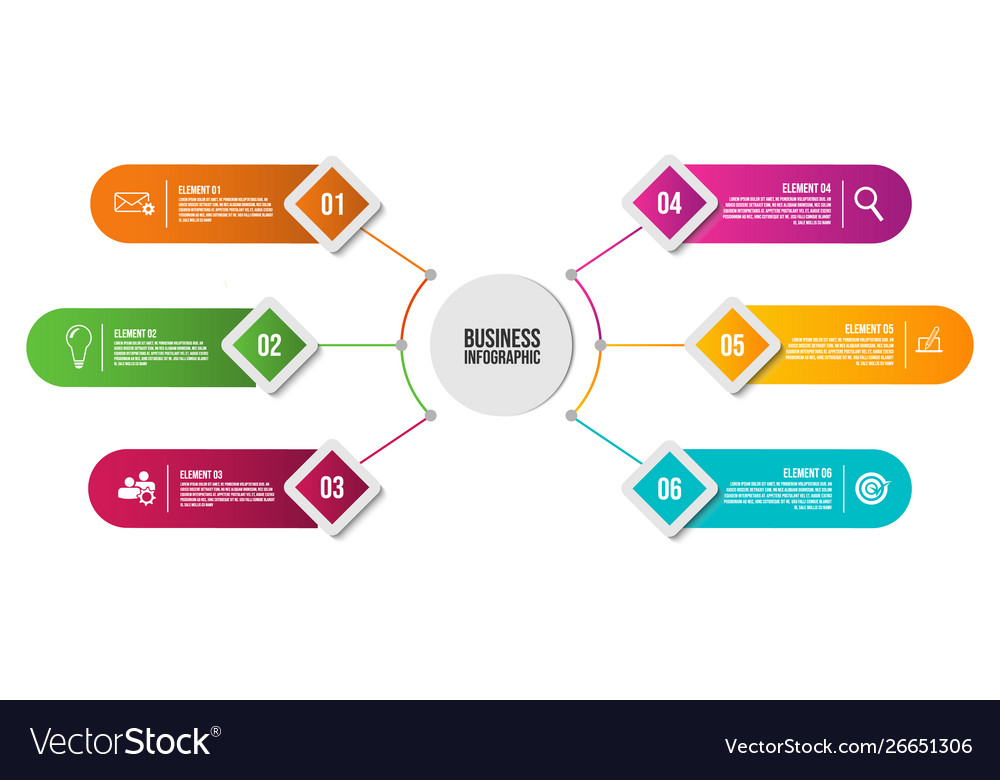
- Strategically insert keywords within your infographic and its description to optimize for search engines.
- Ensure your infographic is mobile-friendly to cater to the growing number of mobile users.
- Utilize Infographic Distribution channels that align with your target audience.
- Finally, promote your infographic on various social media platforms to maximize visibility.
These steps will help you establish a robust online presence while resonating with your audience, creating a more impactful brand.
As we delve into the realm of utilizing social media infographics for audience engagement, it is crucial to understand the power of this visual tool in capturing and maintaining your audience's attention.
The practice of infographic storytelling is an innovative way to condense complex data into digestible, captivating narratives. This not only enhances the comprehension of your brand's message, but also promotes higher levels of interaction.
Meanwhile, employing infographic analytics offers an opportunity to track and measure the infographic's performance. This will allow you to identify what resonates with your audience, and accordingly, refine your strategy.
In essence, using infographics on social media can create a dynamic dialogue with your audience, fostering a deeper connection and increasing overall engagement.
Why, in the context of a comprehensive digital marketing strategy, do social media infographics hold such significant value? The answer lies in their ability to simplify complex data, making it easily digestible for the audience. Despite some infographic limitations, their role in digital marketing cannot be undermined.
- Infographics are powerful visual tools that enhance information retention and comprehension.
- Infographic innovation helps in presenting data in a more engaging and interactive way.
- They aid in brand recognition, as they can be customized to align with your brand's aesthetic.
- Infographics are shareable, increasing the possibility of viral content.
Thus, infographics are indispensable to any digital marketing strategy, providing an innovative solution to overcome infographic limitations and creating a lasting impact on the audience.
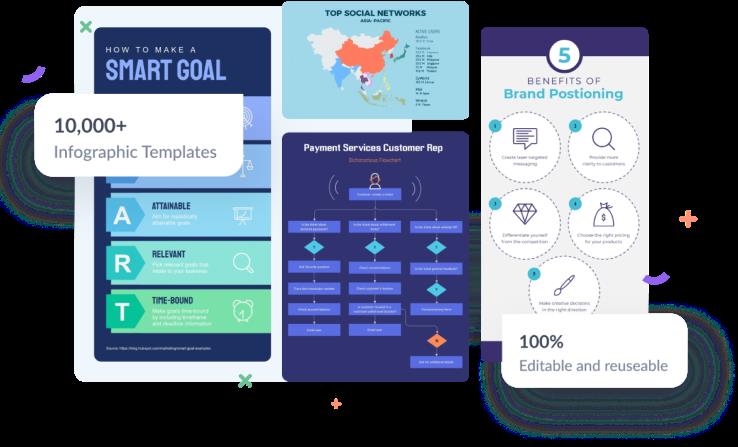
By leveraging analytics tools and tracking user engagement, you can effectively measure the impact of your social media infographics, thus providing valuable insights into your branding strategy's effectiveness.
Infographic Analytics, an innovative tool, quantifies the reach of your infographic content, and its influence on your Social Media Reach. These analytics delve into the nuances of user engagement - likes, shares, comments, and click-through rates. Together, these metrics indicate the resonance of your content with your audience, signifying the strength of your branding.
Analyzing this data can also reveal trends and patterns, enabling you to fine-tune your strategy for maximum impact.
Thus, thorough assessment of Infographic Analytics is not just insightful, but essential for impactful branding on social media.
Frequently Asked Questions
The potential risks of using social media infographics for branding include infographic misinterpretation, leading to misconstrued messaging, and copyright issues, which can result in legal complications and damage to brand reputation.
To optimize social media infographics for mobile viewing, adhere to current Infographic Design Trends such as simplicity, readability, and vertical layouts. Leverage Infographic Sharing Platforms for effective distribution and accessibility on mobile devices.
Absolutely, infographics can effectively be used for internal communication and training. By following infographic design principles and creating impactful infographic content, complex information can be simplified and made more engaging for employees.
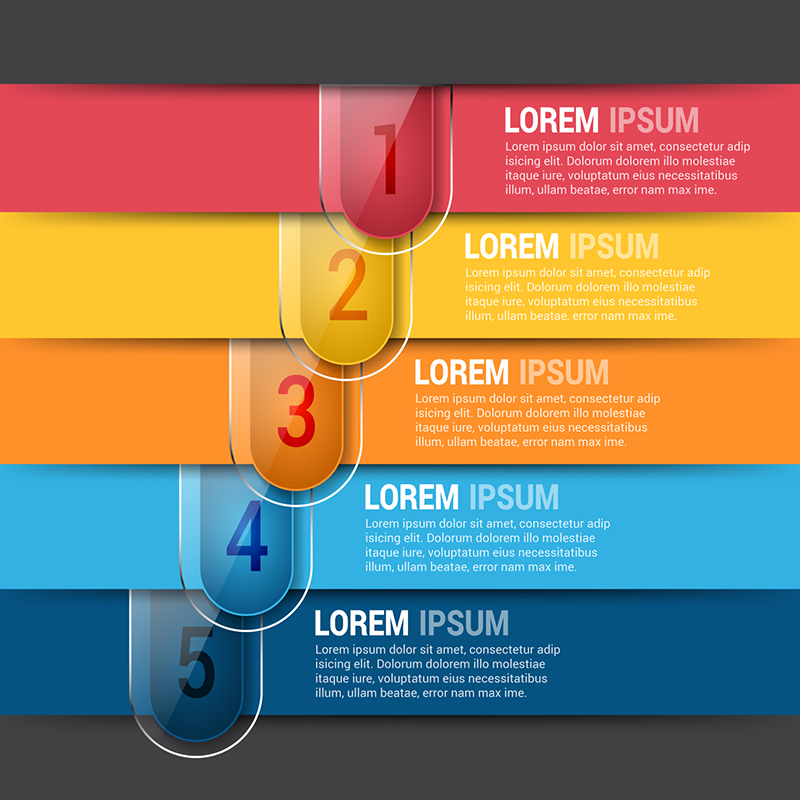
Infographics can be made more accessible for visually impaired social media users via infographic narration and alt text usage. These methods ensure content inclusivity by translating visual data into descriptive, understandable language.
Despite the potential of infographics, some brands encounter infographic misinterpretation leading to unsuccessful campaigns. Notable examples include Kenneth Cole's controversial Cairo tweet and McDonald's #McDStories, which received significant negative user engagement.
 Digital Art InstructionDIY Infographics DesignMobile Game ArtworkPersonalized Logo Design3D AnimationeBook Covers DesignPrivacy PolicyTerms And Conditions
Digital Art InstructionDIY Infographics DesignMobile Game ArtworkPersonalized Logo Design3D AnimationeBook Covers DesignPrivacy PolicyTerms And Conditions
